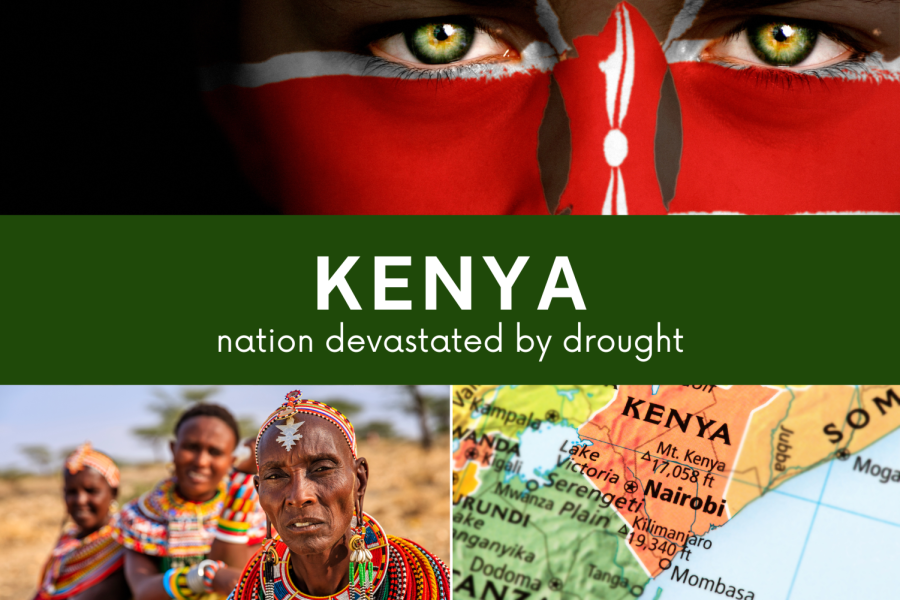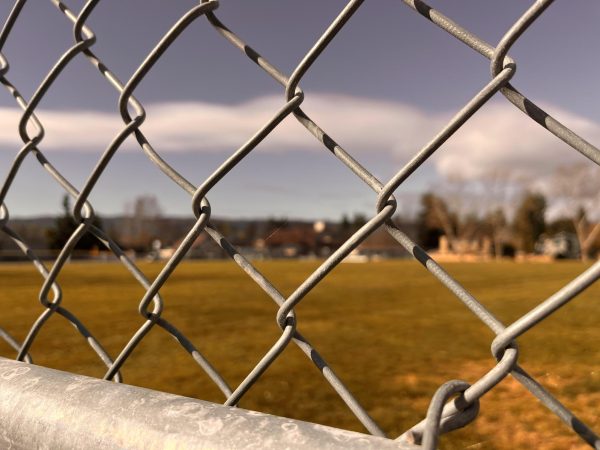Kenya’s drought: a nation in despair
Dubbed “the worst drought in decades,” this environmental crisis has gripped eastern Africa, parched landscapes, killed livestock, and created a humanitarian issue across the region.
December 18, 2022
With the 14 year-long drought in Kenya’s arid climate at a new high, people are experiencing the effects more than ever. With worsening conditions ravaging rural parts of the country, Kenya’s struggle is becoming increasingly evident as dust, despair, and dryness sweep the nation.
“It’s honestly just awful, knowing how long the drought has been going on throughout all the seasons. It’s completely detrimental to the people and the environment,” said AV student Nolan Lees (‘23).
In some remote areas of the country, 90% of water sources have completely dried up, ultimately paving the way for widespread crop and livestock failure. As farming is the main source of income for many families in the region, the drought in Kenya has directly translated to economic failure and extreme hunger for millions of people.
“The water is causing people to go hungry because there are no resources to grow most crops. It’s really a difficult scenario,” said Lees.
Along with people, animals and other wildlife species are also experiencing the side effects of the prolonged drought. Kenyan authorities have reported that the drought has killed over 200 elephants, nearly 400 common zebras, and more than 500 wildebeests in the past nine months alone.
“The animals have specific watering holes, and a large number of species need these watering holes for survival. Without any rain to replenish the holes, the animals aren’t finding any water. Since the water isn’t there, the plant life is also dying, especially the herbivores who rely on plant food,” said AV Zoology teacher Amy Turner-Bull.
Recently, hostility and tension among the Kenyan people have also risen due to the lack of accessible resources throughout the country. However, in an effort to garner aid, the United Nations and humanitarian partners in Kenya are appealing for $472.6 million to help the millions affected.
“I think it’s very important that they are trying to help Kenyan people. I am glad the UN is stepping in to help ease the pain of the people, ” said AV student Maggie Mickaels (‘24).
Kenya’s prolonged drought has caused many unexpected downfalls to the country. With the death of crops, wild animals, and violence in communities, the country is experiencing countless forms of hardship from the seemingly never-ending lack of rainfall.















